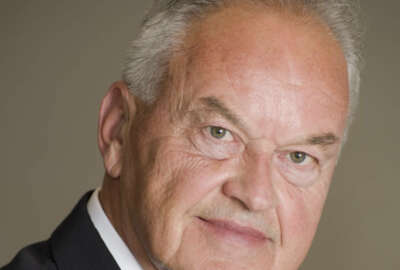
21st century watchword: Keep out
Until sometime in the 19th century, people could wander into the White House. An open street ran between it and the Treasury Department into the 20th century.
We’ve become a lock-it-up-and-surveil-it country. Basically, we no longer trust anyone to be near anything. One time at the Rock and Roll Hall of Fame in Cleveland, I saw John Lennon’s piano on display, an upright Steinway. It had grooves in the lid burned by cigarettes. A sharp-eyed guard stood nearby. I asked what would happen if I played one chord on it. Just one chord. She answered the police would arrive in seconds.
So much for the bragging rights to have played a note on John Lennon’s piano.
If you take a ballpark tour, they’ll take you to the dugout, but will freak out if you so much as put a toe on the edge of the grass. Talk about turf protection. And not for any rational reason. The next day the same grass will be tread all over by team officials, the visiting dignitaries, the Star Spangled Banner singer, the invited Little League teams, cameramen, and guards — all before any players walk there with spikes.
And of course federal agencies and Congress have become bunkers with in-depth physical security measures like airlines. At least agencies have good reason. No one expects the National Security Agency to let pizza deliveries in willy-nilly.
So it was with some surprise that I wandered through the halls of my alma mater this past weekend, in upstate New York. It produces thousands of the sorts of STEM graduates the federal government says it will need in the years ahead. The school was having a public, day-long festival that annually attracts thousands of students, family members, alumni and the local curious. I don’t know how buttoned-up the place is during regular weeks, but for a few hours I could experience the sort of openness that I imagine may have prevailed more widely at one time.
More commentary:
A few exhibits asked you not to touch, for instance, still-drying pieces of hardwood furniture that had taken fine arts graduate students months to complete. But a group of mechanical engineering students presented a display of drone airplanes they’d crafted by hand. No one minded when I squeezed a wing or twisted a propeller, or picked up the whole thing to feel its heft. I wandered into a pottery studio and dozens of exquisite, unique thesis pieces lined a shelf. I was the only one in the room and there was nothing to stop me from slipping a couple of pieces into my gimme tote bag. (I refrained).
In one room was a display of the work of one of the most prolific and successful design firms of the 20th century. The estate donated it to this particular school because student access to it was guaranteed. Again, alone in the room, I could easily have lifted a piece of glass and touched or swiped priceless samples. No guards, no surveillance cameras.
Until sometime in the 19th century, people could wander into the White House. A street ran between it and the Treasury Department. Now every federal office, and pretty much every commercial office building for that matter, is closed unless you have official business, an appointment, a picture ID and the time to cool your heels until someone comes to fetch you.
Academic institutions still maintain a vestige of openness, so it seems startling to just be able to just wander through a building. For good reason that’s no longer possible everywhere else. But it’s too bad we can’t trust one another much any more.
Copyright © 2024 Federal News Network. All rights reserved. This website is not intended for users located within the European Economic Area.
Tom Temin is host of the Federal Drive and has been providing insight on federal technology and management issues for more than 30 years.
Follow @tteminWFED





